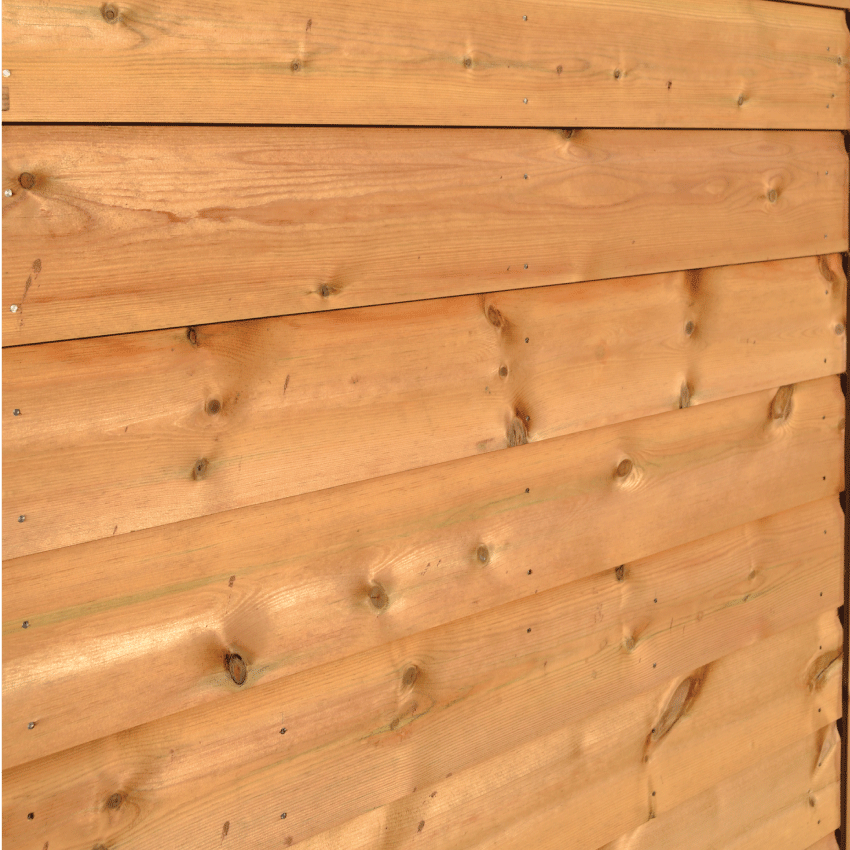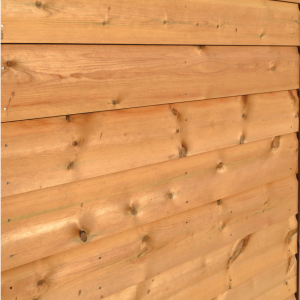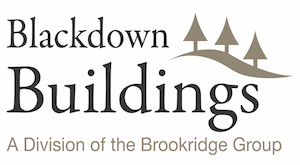
24 Nov Shiplap Vs. Feather Edge Cladding: Which Is Best For A Timber Building?
It’s no surprise that timber buildings are becoming increasingly popular, thanks to their eco-friendly credentials and stylish good looks. If you’re thinking of cladding for a timber building for example, with either shiplap cladding or feather edge cladding, you might be wondering which option is best for you. Here’s a quick overview of the key differences between these two types of cladding to help you make a decision.
Shiplap Cladding For Timber Buildings
Shiplap cladding is made up of overlapping boards that fit together snugly, with a small lip on one side that helps to create a seal and prevent moisture and drafts from getting in. Shiplap is a great choice if you’re looking for a neat and tidy finish, as the overlapping boards create straight lines and crisp edges. This type of cladding is also relatively easy to install yourself, which can help to keep costs down. Shiplap clad timber buildings can look very tidy as well as natural.

Feather Edge Cladding For Timber Buildings
Feather edge cladding, on the other hand, is made up of long, thin boards that overlap at the edges. This type of cladding can create a more traditional look for your timber building, as the long boards give it a rustic feel. Feather edge cladding is also slightly more weatherproof than shiplap thanks to the way the boards fit together snugly at the edges. However, this type of cladding can be more tricky at times to install, so it’s worth bearing this in mind when deciding which option is best for you. Feather edge clad timber buildings, however, look very natural and in keeping with e.g., rural locations as farm or smallholding timber buildings.

Wooden Buildings For Home And Agricultural Use
Both shiplap and feather edge cladding are great choices for timber buildings. Shiplap is easier to install and gives a neater finish, while feather edge offers more weather protection and creates a more traditional look. Ultimately, the best choice for you will come down to personal preference and the specific needs of your project.
How Does Timber Cladding Protect A Timber Building?
Timber cladding is a type of wooden siding that is often used on timber buildings. It is available in a variety of different styles and sizes, and can be used to create both a traditional and modern look. We are a Somerset timber buildings company. We know that the timber cladding on timber buildings offers many benefits, one of the most important being its ability to protect the underlying timber from the elements. By acting as a barrier, timber cladding helps to keep moisture and pests out, while also providing some insulation against heat and cold. In addition, timber cladding can also help to improve the appearance of a timber building, giving it a more uniform look that can look more natural than brick or other man-made alternatives. As such, it is not surprising that timber-clad buildings have become one of the most popular choices for those looking to add extra protection to their timber buildings.
Waney Edge Vs Feather Edge Clad Timber Buildings
There are a few things to consider when choosing cladding for a timber building. One is the appearance – do you want a rustic or more polished look? Waney edge cladding has a more natural, rustic appearance, while feather edge cladding is more refined and uniform in appearance. Another consideration is practicality – waney edge cladding may be a little more tricky to install, while feather edge cladding is more resilient and its uniformity and straight edges make it easier to work with. Ultimately, the decision comes down to personal preference and the overall look you’re going for with your timber building. Whichever you choose, waney edge or feather edge clad timber buildings, you’re sure to end up with a beautiful finished product.


Sorry, the comment form is closed at this time.